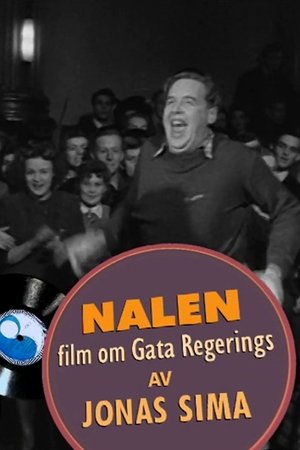
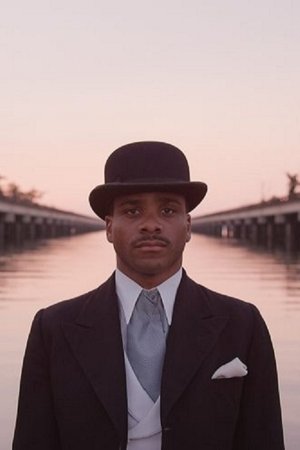
Precarity(2017)
A three-channel video installation, working with the themes of risk, hybridity and the unfathomable to explore the city of New Orleans through the remarkable life and times of Charles “Buddy” Bolden, the first person known to have explored the sonic tonalities of the music we now call jazz.
Movie: Precarity

Precarity
HomePage
Overview
A three-channel video installation, working with the themes of risk, hybridity and the unfathomable to explore the city of New Orleans through the remarkable life and times of Charles “Buddy” Bolden, the first person known to have explored the sonic tonalities of the music we now call jazz.
Release Date
2017-10-10
Average
0
Rating:
0.0 startsTagline
Genres
Languages:
EnglishKeywords
Similar Movies
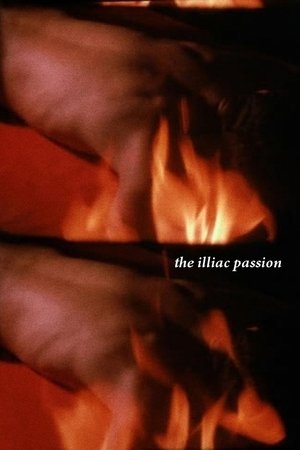 4.2
4.2The Illiac Passion(en)
Prometheus, on an Odyssean journey, crosses the Brooklyn Bridge in search of the characters of his imagination. After meeting the Muse, he proceeds to the "forest." There, under an apple tree, he communes with his selves, represented by celebrated personages from the New York "underground scene" who appear as modern correlatives to the figures of Greek mythology. The filmmaker, who narrates the situations with a translation of Aeschylus' Prometheus Bound, finds the personalities of his characters to have a timeless universality.
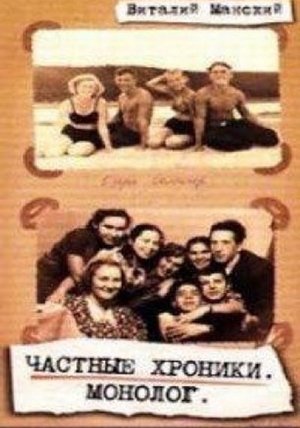 0.0
0.0Private Chronicles: Monologue(ru)
The collective life of the generation born as Jurij Gagarin became the first man in space. Vitaly Mansky has woven together a fictional biography – taken from over 5.000 hours of film material, and 20.000 still pictures made for home use. A moving document of the fictional, but nonetheless true life of the generation who grew up in this time of huge change and upheaval.
 0.0
0.0Discovering Ella(en)
The (mostly) true story of the greatest jazz drummer you've never heard of who stumbled upon a 16-year-old singer and nurtured her into a legend.
 7.0
7.0The Bomb(en)
Filmmakers use archival footage and animation to explore the culture surrounding nuclear weapons, the fascination they inspire and the perverse appeal they still exert.
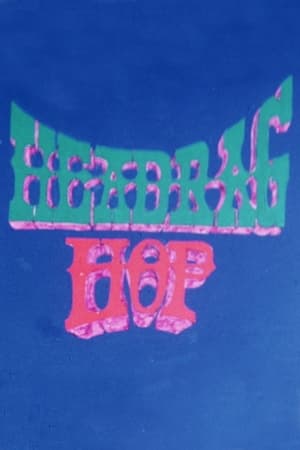 0.0
0.0Head Rag Hop(en)
A proto-music video: three minutes of experimental animation set to the tune of Romeo Nelson's 'Head Rag Hop'.
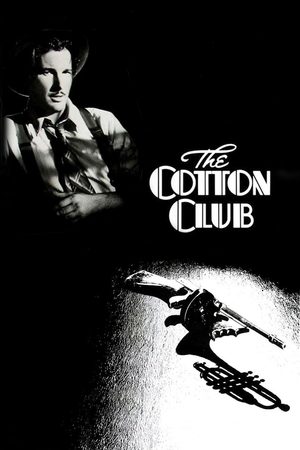 6.5
6.5The Cotton Club(en)
Harlem's legendary Cotton Club becomes a hotbed of passion and violence as the lives and loves of entertainers and gangsters collide.
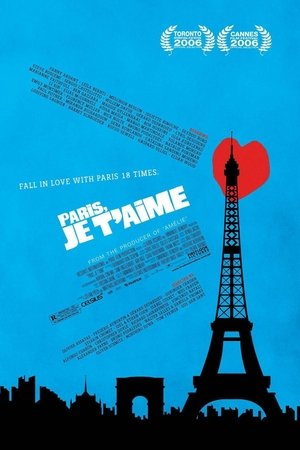 6.8
6.8Paris Je T'aime(fr)
Olivier Assayas, Gus Van Sant, Wes Craven and Alfonso Cuaron are among the 20 distinguished directors who contribute to this collection of 18 stories, each exploring a different aspect of Parisian life. The colourful characters in this drama include a pair of mimes, a husband trying to chose between his wife and his lover, and a married man who turns to a prostitute for advice.
 0.0
0.0Contágio(pt)
Several Portuguese creators occupy the director's chair in this collective short film shot during the COVID-19 pandemic shutdown in an unfolding of personal perspectives.
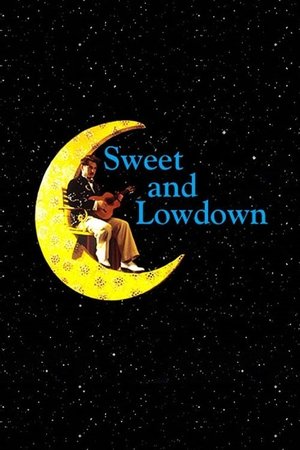 6.8
6.8Sweet and Lowdown(en)
In the 1930s, jazz guitarist Emmet Ray idolizes Django Reinhardt, faces gangsters and falls in love with a mute woman.
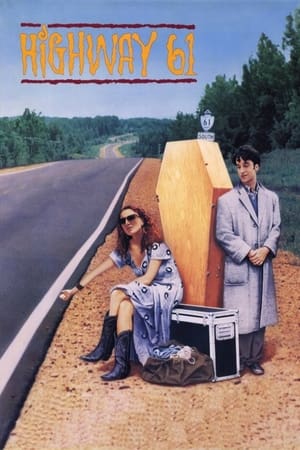 6.7
6.7Highway 61(en)
A naive Canadian barber who knows US popular culture inside and out meets a flamboyant roadie who needs someone to drive her and her "brother's" corpse from Thunder Bay, Ontario to New Orleans. Chaos ensues after the barber agrees to drive her, the corpse, and the drugs stashed within all the way.
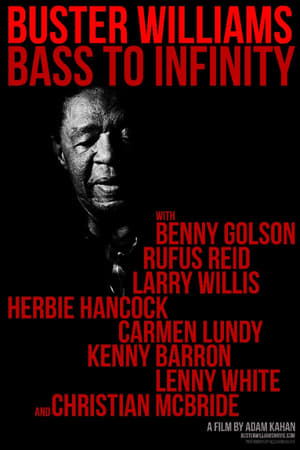 0.0
0.0Buster Williams Bass to Infinity(en)
Imagine hanging out with Charlie Parker and Dizzy Gillespie, hearing them jam together, trading riffs, then riffing with words and trading stories. Bird and Diz are gone, but giants still walk among us. One of those giants is Buster Williams. Buster has played with everyone - Miles, Sarah Vaughan, Nancy Wilson, Art Blakey, and on. In this intimate portrait, Buster trades stories, and plays, with some of the world's greatest musicians - Benny Golson, Herbie Hancock, Christian McBride and others, and takes us on a journey through his life, legacy, and America's greatest art form - the truly universal music called Jazz.
 0.0
0.0Uzumasa Jacopetti(ja)
Set in Uzumasa, Kyoto, Shoji Hyakkan lives with his wife and kid happily. He then begins to build a house held together by magnets. One night, Koji steals and kills a cow, to use its cowhide as decoration wall material for his magnet house. By chance, Police Officer Kobayakawa happens to see what Shoji Hyakkan is doing. Police Officer Kobayakawa then offers Shoji a deal. (c) Asianwiki
 0.0
0.0Thirteen Ways of Looking at a Blackbird(pt)
Taking its title from the poem by Wallace Stevens, the film is composed of a series of attempts at looking and being looked at. Beginning as a city state commission under the name and attitude of “Unschool”, the film became a kaleidoscope of the experiences, questions and wonders of a couple of high school students after a year of experiences with filmmaker Ana Vaz questioning what cinema can be. Here, the camera becomes an instrument of inquiry, a pencil, a song.
Clouds(en)
Clouds 1969 by the British filmmaker Peter Gidal is a film comprised of ten minutes of looped footage of the sky, shot with a handheld camera using a zoom to achieve close-up images. Aside from the amorphous shapes of the clouds, the only forms to appear in the film are an aeroplane flying overhead and the side of a building, and these only as fleeting glimpses. The formless image of the sky and the repetition of the footage on a loop prevent any clear narrative development within the film. The minimal soundtrack consists of a sustained oscillating sine wave, consistently audible throughout the film without progression or climax. The work is shown as a projection and was not produced in an edition. The subject of the film can be said to be the material qualities of film itself: the grain, the light, the shadow and inconsistencies in the print.
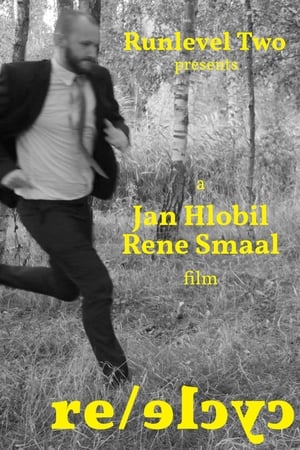 7.7
7.7Re/cycle(en)
With input from actor and writer Jan Hlobil, director and cinematographer Rene Smaal presents a film in the true surrealist tradition, in the sense that only 'found' elements were used, and that it defies interpretation based on ordinary cause-and-effect time sequence.
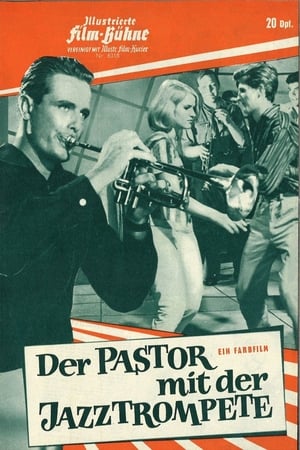 4.2
4.2Der Pastor mit der Jazztrompete(de)
When the Lutheran pastor Roland retires, the young priest Roll shall replace him. He plays the trumpet, loves Jazz and his methods are unconventional: From the first day on he offends the village's notables, but he doesn't care so much since he especially targets the youths, wants them to get back to the church again. However the mayor agitates against him, manages to endanger Roll's success. The conflict leads to vandalism and open violence against Roll.
Highlights(en)
Lights flicker & fade as focus shifts from artificial to natural light, ending on a second artificial light speeding through the blackened miasma of the night sky.
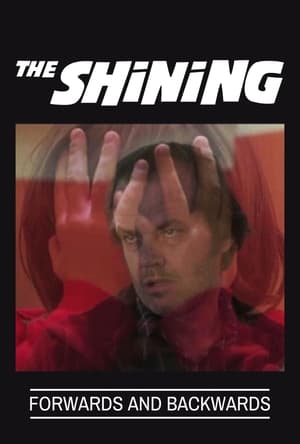 2.0
2.0The Shining: Forwards and Backwards(en)
An experimental film comprised of Stanley Kubrick's THE SHINING played forwards and backwards at the same time on the same screen, creating bizarre juxtapositions and startling synchronicities
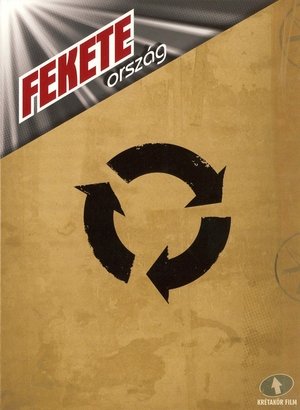 5.0
5.0BLACKland(hu)
The film is a stage play hybrid showcasing dark and absurd sketches based on contemporary Hungarian news of the 2000's with campy, senseless musical interludes in-between. Highly experimental in nature that - like Marmite - will split its' crowd into ones that'll love it and others that'll loathe it. There's no middle grounds here. The topics included are: The Hungarian Olympians' doping scandal, political terrorism, the national elections... and more.
